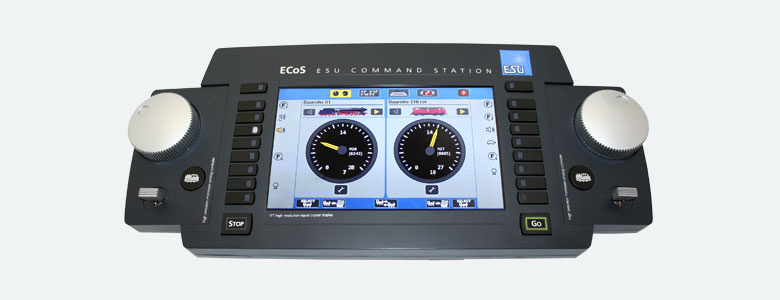 |
| Thumbnail |
 |
| Thumbnail |
A friend asked me recently if I had any benchwork advice to offer, as he's about to build his own and I've just been through the process. My answers:
- Build all your benchwork, track, and basic wiring before doing any scenery or detail. You need to run trains to validate you plans and more importantly to test your track. I've read this advice and ignored it to an extent and gone on to regret it.
- Plan it on paper first, in detail.
- Paint the plywood a base color before putting anything on it.
- Do not assume that your walls are floor are all really squared up 90 degrees. I've found things do not always fit as expected. For anything that's going to be flush with a wall or existing benchwork be safe. Once you cut the piece go walk over to your train table and see how it’ll fit. You will be glad you did.
- The 'base' height of my table is 40” high. If I were starting again I’d do 36 or 38.
- Plan for access under your table! Don’t get carried away adding support struts and then box yourself out. The space down there needs to be accessible.
- Never have two pieces of flex track meet where a curve or incline begins, or right where two pieces of benchwork meet.
- Nailing track is better then glueing track. You will want to move track, or someday expand on things, and it's much easier to make change when you've used nails.
- Don’t skimp on tools. Having good tools makes the construction fun and easy. Fucking about with bad tools makes it arduous. The first bit of benchwork I built was made with a hand saw and a screwdriver. It took hours and was never quite right.
- Buy a miter saw. I love my miter saw. This project would be hell without it. I bought the cheapest one at Home Depot and I really do love it. That said, if I were to buy one anew, I’d go one model up and get one with the laser.
- Buy a good T square
- Buy a long steel ruler. Mine is 48”
- Buy a good electric screwdriver or impact driver. I have this pair which I got at Rona for about $130 on sale. These are the best tools I’ve ever owned. I didn’t really see the point in getting 2 tools, but they came as a bundle and were about the price of a single impact driver and I figured a spare battery would be good. Wow did I luck out. The impact driver is in constant use, and the other I use as a drill for pilot holes. It’s so handy, it’s small, light, and has power aplenty. I use these about the house all the time, and the battery lasts a really long time. I do not think it’s an exaggeration to say that my benchwork would be much less ambitious if I did not own these because I'd be less willing to take on the carpentry challenge.
- Buy a shop vac. Your wife will thank you, and they are cheap.
- Spending an extra $5 on a slightly better pin vice is money well spent.
So there you go. I hope some of my lessons learned may prevent you learning the same things the hard way.
UPDATE: More progress














































